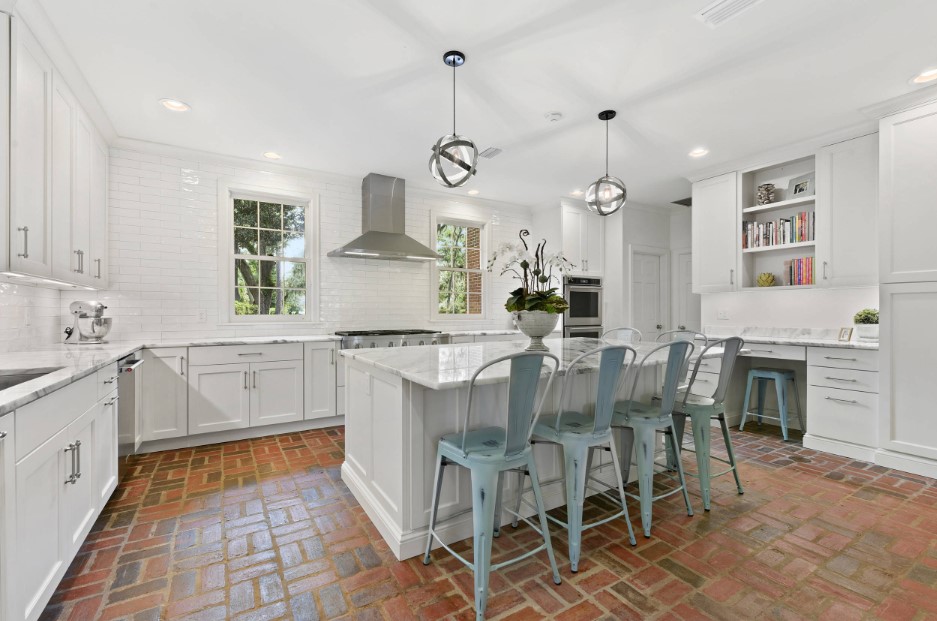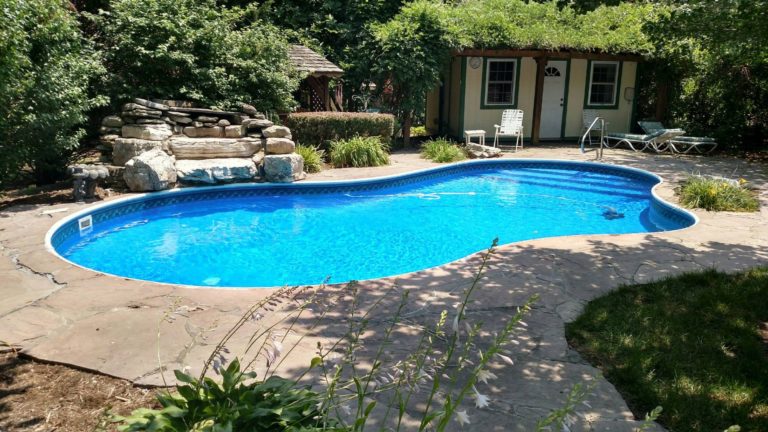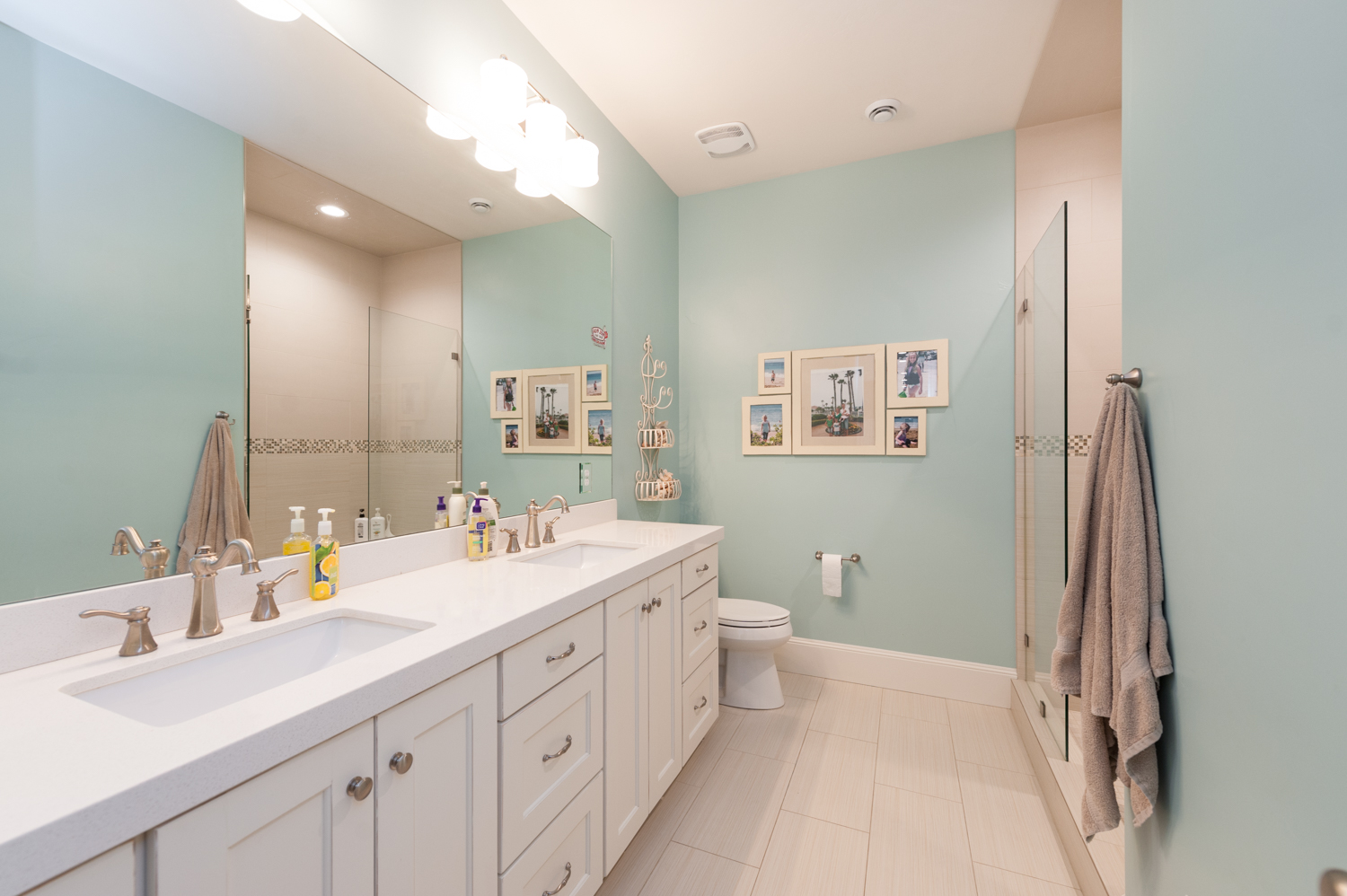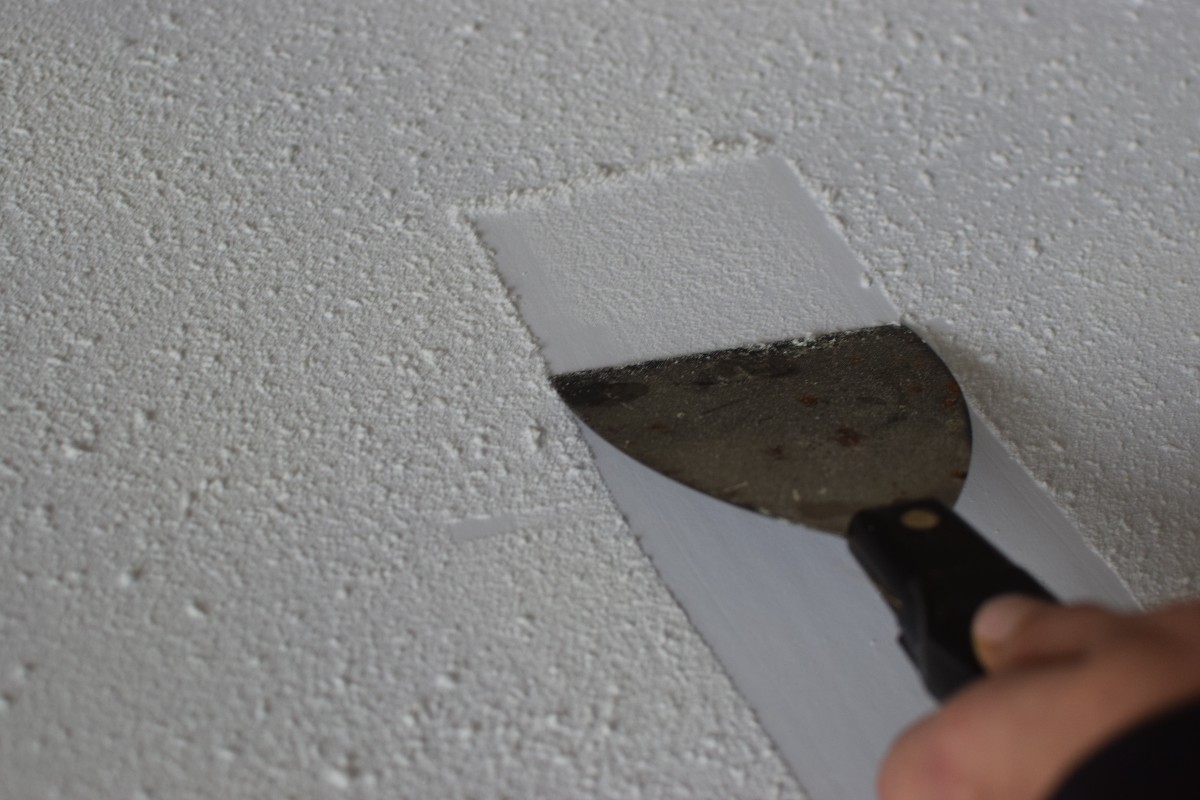Contents
A kitchen is often considered the heart of the home, and the flooring choice plays a pivotal role in both the functionality and aesthetic appeal of the space. When it comes to creating a warm, rustic, and timeless atmosphere, a brick floor kitchen is an excellent option that combines beauty, durability, and a unique sense of charm. In this article, we’ll explore everything you need to know about installing brick flooring in your kitchen, why it’s a great choice, and how to maintain it for years to come.
Why Choose Brick Floors for Your Kitchen?
Brick flooring has a rich history and has long been a favorite in traditional and rustic kitchen designs. But beyond aesthetics, there are several practical reasons why brick is an ideal material for your kitchen floor.
- Durability
Brick is incredibly durable. It can withstand the wear and tear of a busy kitchen without showing signs of damage or aging. Whether it’s foot traffic, dropped utensils, or the occasional spill, brick holds up well, making it one of the most durable kitchen flooring options available. It’s resistant to scratches, stains, and cracks, which means it requires minimal upkeep. - Rustic Charm
The natural, earthy tones of red brick kitchen floors offer a rustic, farmhouse feel that complements a variety of kitchen styles. If you’re aiming for a farmhouse kitchen flooring design or even a traditional look, brick floors can add character and warmth to the space. With its textured, uneven surface, brick flooring exudes an inviting, lived-in feel that can make your kitchen feel like a cozy retreat. - Versatility in Design
Brick floors are available in various patterns and shades, making them versatile enough to fit into both modern and traditional kitchen designs. You can opt for herringbone, basketweave, or running bond patterns, each bringing its own distinct visual appeal. Brick floor kitchen design ideas often mix these patterns to create unique and captivating visuals, while still maintaining a cohesive look. - Natural Insulation
Brick has natural thermal properties, which means it stays cool in summer and retains heat in winter. This feature can enhance the overall comfort of your kitchen, especially if you live in a climate with temperature fluctuations. Many homeowners pair brick floors with radiant heating systems, creating a cozy, warm kitchen environment during colder months.
Brick Flooring Options: Tiles or Pavers
When it comes to brick flooring, you can choose between brick tiles or brick pavers. Both are excellent options for kitchen floors, but they offer slightly different benefits.
- Brick Tiles: These are thinner and lighter than traditional bricks, making them easier to install in a kitchen. Brick kitchen floor tiles come in a variety of colors and finishes, allowing for customization while maintaining the classic brick look.
- Brick Pavers: These are thicker and more robust, offering even greater durability. Brick paver flooring is ideal for high-traffic areas like kitchens and can give your home a more substantial, rustic appearance. Brick pavers are also commonly used in outdoor spaces, and using them indoors can create a seamless transition from your kitchen to a patio or garden area.

Maintenance and Care for Brick Floors in the Kitchen
Although brick floors are highly durable, they do require some maintenance to keep them looking their best. The porous nature of brick means it can absorb liquids and stains if not properly sealed. Here are some tips for maintaining brick floor kitchen maintenance:
- Sealing
After installation, it’s important to seal your brick floors to protect them from stains and moisture. A good sealant will keep liquids from seeping into the brick, which can be especially useful in a kitchen where spills are common. You may need to reapply the sealant every few years, depending on the level of wear. - Cleaning
Regular cleaning is key to keeping your brick floors in top shape. Use a vacuum or a soft broom to remove dirt and debris, and mop with a mild soap solution to clean up any spills. Avoid harsh cleaners that can wear down the sealant. Brick floor cleaning tips often recommend using a pH-neutral cleaner to prevent damaging the sealant or the bricks themselves. - Periodic Re-Sealing
Over time, the sealant can wear down, especially in high-traffic areas. It’s a good idea to inspect your floors annually and re-seal them if necessary. This will extend the life of your floors and keep them looking fresh.
Pros and Cons of Brick Flooring in Kitchens
Like any flooring option, brick comes with its advantages and some drawbacks. Here’s a balanced view:
Pros:
- Longevity: Brick floors can last for decades if properly maintained.
- Aesthetic Appeal: Brick provides a unique, rustic look that fits well with farmhouse or industrial designs.
- Sustainability: Brick is a natural material that is often made from clay, making it an eco-friendly choice.
Cons:
- Hardness: Brick floors are quite hard, which can be tough on your feet after long periods of standing. Using cushioned mats in work areas like in front of the sink or stove can help.
- Porous Surface: Without proper sealing, brick can absorb spills and stains.
- Cost: While not the most expensive flooring option, brick can be pricier than other materials like laminate or vinyl, especially if you opt for high-end pavers.
Incorporating Brick into Your Kitchen Design
If you’re worried about brick floors overwhelming your kitchen design, consider incorporating them in combination with other materials. For example, you can pair brick floors with an exposed brick kitchen wall or a brick backsplash for a cohesive look. Mixing brick with wood cabinetry or countertops can create a beautiful contrast between warm, rustic elements and sleek, modern finishes. Brick pattern flooring also provides visual interest, making the kitchen feel more dynamic.
Frequently Asked Questions About Brick Floor Kitchens
Are brick floors cold?
Brick floors have natural insulation properties, but they can feel cool underfoot. However, you can install radiant floor heating beneath the brick to keep the surface warm and cozy in the winter.
How do you clean brick kitchen floors?
Regular sweeping or vacuuming to remove debris is recommended. For deeper cleaning, use a mild soap solution and a soft mop. Avoid harsh chemicals, as they can damage the sealant.
Can you install brick floors yourself?
While it’s possible to DIY brick flooring, it requires a good amount of skill and patience. If you’re inexperienced, it’s best to consult a professional for the installation to ensure the bricks are laid properly and sealed correctly.
Do brick floors increase home value?
Yes, installing brick floors in your kitchen can increase your home’s value due to their durability, longevity, and aesthetic appeal. Homes with brick features often stand out in the market.
Conclusion
Choosing a brick floor kitchen is a smart decision for homeowners looking for a durable, stylish, and timeless design. With proper maintenance and the right sealant, brick floors can serve you well for many years, all while enhancing the beauty and warmth of your kitchen. Whether you prefer a rustic farmhouse feel or a more modern look, brick flooring can fit seamlessly into your design vision, offering a touch of natural beauty and unmatched durability.
You May Also Read:





